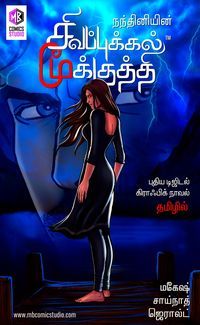

And although between 20 there was no expansion, the area of sugarcane increased more than fivefold in 15 years analyzed, reaching 42,000 hectares in 2015. In the year 2000, about 8,000 hectares of sugarcane were already being cultivated in this area. As results, it was observed that sugarcane had an expansion in area between the years 20. Land use and land cover maps were analyzed for each date, and the expansion of sugarcane activity in the region was verified, annually, for the period analyzed. satellite images of 30 m spatial resolution, the land use information was obtained for the sixteen years, using the Spring software. The study area includes parts of the municipalities of Andradina, Muritinga do Sul, Guaraçaí and Pereira Barreto, totaling an area of 1,115 km 2.

This work aims to analyze the dynamics of land use change by evaluating the spatio-temporal changes of sugarcane, verified in the period between 20, in the western portion of the São Paulo state. This paper attempts to analyse the Kaval System and its method of operation and the present status of this system with modifications to suit the prevailing social conditions. The Kaval Committee members appoint kavalkarar who watch the farmers' property for which they received a salary in cash or kind. Today the cultivable lands are handed over to the Kaval Committee by the farmers' associations of Periyakulam. At present, the Puravu kaval system continues in Periyakulam. The British government took several measures to abolish the kaval system but failed due to operational weaknesses. In course of time, the Kaval System became an officially approved administrative system during the period of the Madurai Nayaks. The kaval system was classified into Sthala Kaval, Thisai Kaval, Nadu Kaval and Kudi Kaval. Kaval system is one of the oldest systems of security that prevailed even during the Sangam Age. Periyakulam is an ancient town with archaeological sites. Periyakulam is a municipal town situated in present Theni district.


 0 kommentar(er)
0 kommentar(er)
